USD currency symbol
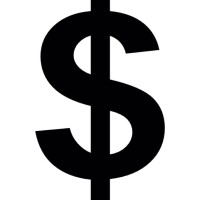
USD what does it mean
The definition of USD is “United States Dollar” (usd abbreviation)
A Brief History of the dollar
Before the American Revolution
The dollar takes its name from the German word Thaler. During the colonial rule, different currencies were used in the British colonies in the form of coins and paper money. Sometimes when these two were in shortage, commodities were used in place of money. The pound used in different British colonies had different values, but all of them were lesser than the British Pound Sterling. The coins in usage were mostly of Portuguese or Spanish origin. The Spanish dollar was widely used in the American states which led to the dollar being adopted as the currency of the US.
The paper money in circulation during that time was colonial currency. Due to uncontrolled printing, it started losing its value and credibility. Once the American Revolution started in 1775, individual states were printing their own currency. According to Wikipedia, by 1780 the value of these continental currencies had reduced to 1/40 of their value. And after the ratification of the American constitution in the 1790s, they were exchanged for 1% of their earlier value.
US Mint
To control the worsening situation, the Congress consolidated the powers to borrow and lend money. No state was allowed to print their own currency. In 1792, the American Mint came into existence and was responsible for stamping and circulating coins. Initially, it was under the control of the Department of State which was subsequently brought under the Treasuries Department.
Coin
The American coin had a 15:1 ratio of Silver to Gold. The amount of Gold in the coin was 1.6 grams. However, silver rose in value to gold in the 19th century. Therefore, the coin was replaced with a lighter version and a 16:1 ratio of silver to Gold. The new coin had 1.5 gm of Gold in it. This was the first devaluation of the US dollar. Till 1857 foreign currencies and the Spanish dollar in specific was in circulation in the US, but with the National Banking Act of 1863, the Dollar became the sole currency of the USA.
Gold Standard
The US joined the Gold standard officially in 1900. It guaranteed the conversion rate of a Dollar at 1.5gm of Gold. After the breakout of the World War I, the European countries which owned debts of American companies liquidated them in dollars. Due to mass liquidation the value of the Pound Sterling rose to $6.75, much more than the Gold parity rate of $4.8665. The New York Stock Exchange was closed down in Jul 1914. The Federal Reserve started a fund and national banks were allowed to print emergency currency, the efforts were successful and the New York Stock Exchange reopened in Dec 1914.
The Great Depression
During the Great Depression, almost all the Countries dissolved the Gold standard. The US, however, continued with it but due to loss of credibility in the banking system and loss of confidence in paper money, people began to hoard Gold. This led to a law in 1933 which made hoarding a crime, Gold standard was used only for foreign exchange and was banned from being used as the universal legal tender for debts.
The US corners the Gold market
Since the efforts did not pay significant rewards, the dollar was made free floating from a fixed rate of $20.67 /troy ounce of Gold. But this had to be revoked within a year, as it was unsuccessful. In order to encourage the inflow of Gold, a new exchange rate of $35/troy ounce of gold was announced in the Gold Reserve Act of 1934. This made the dollar attractive to the foreign nations and made the US corner most of the worlds Gold market. The pressure to maintain the price of Gold fixed to the dollar and also handling the exchange rate of foreign currencies led to trade and economic imbalances and was abandoned in 1968.
By 1968, a new system which abolished the private control of Gold price was adopted. The Central Banks continued to trade gold at $35/troy ounce irrespective of the private market price. The price of gold went from $35 to $500/ troy ounce by 1980. By 1971, the US abandoned the Gold standard and this is famously called as the Nixon shock.
The reserve currency before the dollar
Historically, different currencies of the world have held the crown of the reserve currency. The currency of the most dominant nation at that particular time worked as a reserve currency. Some of them are Greek Drachma, Roman Denari, Dutch Guilder, British Pound and the US Dollar.
The Pound Sterling
In the 18th Century, the Dutch East India Company held a dominating position in World trade due to which the Dutch Guilder was considered as the reserve currency. By the 19th Century, the world had become an integrated marketplace and various Central Banks had been founded. Great Britain was the major exporter of goods and services in the world. 60% of the world’s transactions were being conducted in the British Pound Sterling and it became the leading currency in the world.
The fall of the British Pound Sterling and the Rise of the US Dollar
After the two world wars, most European nations were economically devastated. They had borrowed from the US for procuring weapons and supplies for the war. To pay up, the European nations emptied their gold reserves, whereas, the US continued to pile its gold reserves. The British Pound Sterling abandoned the Gold Standard in 1931 and there was a speculative attack on the Pound, this led to a loss of confidence in the Pound. In 1948, the US government-funded Japan and the European countries to rebuild their nations, and also to pay for supplies they had purchased from the US. This led to a gradual shift from Pound Sterling to the US Dollar, as the reserve currency of the world.
USD currency today
The study of the currency composition of reserves shows 63.8% of the reserves are kept in US dollars. Rest 36.2% is divided among the other currencies of the world.
Quantitative Easing and increase in debt
The US is able to print dollars to service its debt due to the leading position of the US Dollar. However, the financial crisis in the US and the subsequent QE programs has increased the US Fed Reserve balance sheet by many folds. Their balance sheet has increased from $850 billion in 2008 to $4.5 trillion in 2014.
This has led to many countries question the valuation of the dollar and a move away from trading in dollars to trading in local currencies. There are many who feel that the US dollar is a flawed currency and the world needs a new reserve currency. However, currently there is no available replacement in sight.
The US Dollar in Forex Trading
The US dollar is denoted by the symbol of $ and as USD in Forex trading (How to Start Forex (4 steps) ). With its dominant status in the world, the US dollar continues to be the most traded currency. According to Wikipedia, the US dollar was the most traded currency by value with a 87% market share way above the second placed Euro at 33.4% in 2013. The major commodities like gold, oil and industrial metals etc. are denominated in dollars due to which even the commodity traders keep an eye on the dollar.
Historical US Dollar index movement
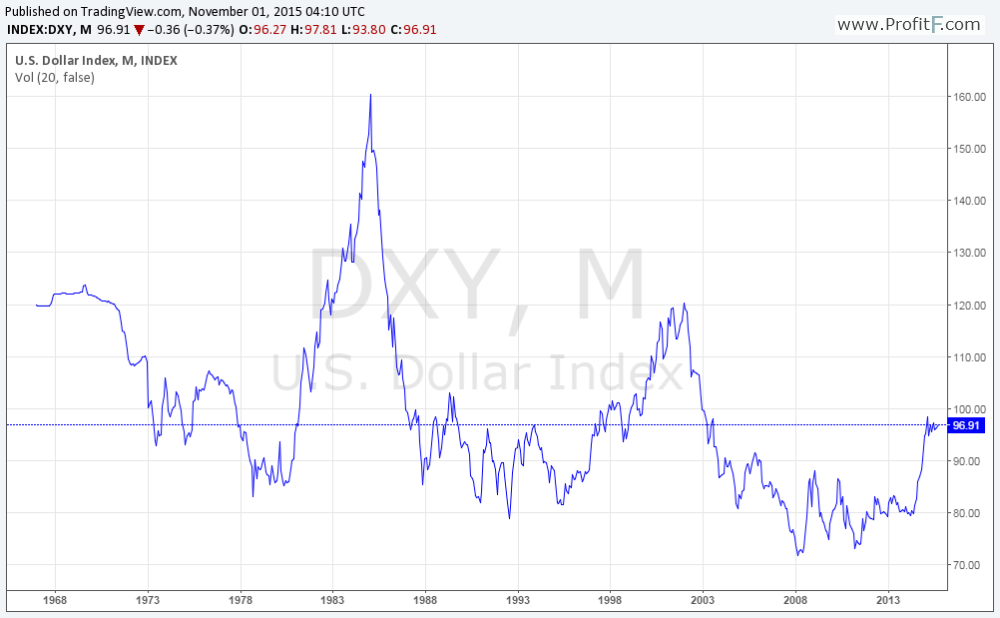
The US saw unprecedented economic activity and strength during the Presidentship of Ronald Reagan and Bill Clinton. The US Dollar shot up during their tenures to 160 and 120 levels as seen on the chart.
The Plaza accord of 1985 caused the US dollar to correct by almost 50% in four years. The US dollar remained in a broad range for the next 10 years, after that it again rose to the levels of 120. The financial crisis brought about by the Housing bubble burst caused the US dollar to fall to around 72 levels in 2008 and remained in a range till 2011. After this, it recovered to the present levels of around 97. Presently, the value of the US dollar is likely to be affected by the US Fed’s decision of a rate hike and to move away from the easy monetary policy.
Conclusion:
The USD currency continues to enjoy the leadership position among the reserve currencies of the world. However, with unprecedented money being pumped by the US Fed, questions are being raised about the valuation of the US dollar. The Euro and the Yen are struggling to keep their own house in order. The Yuan is still not open to the market which is limiting its popularity. Till we see another alternative emerge, the US dollar might continue to be the most important currency to follow. Traders will have to keep a close eye on the different reports indicating the economic health of the US and the US Fed’s monetary policies.






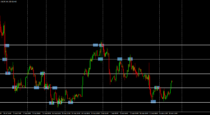
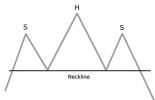

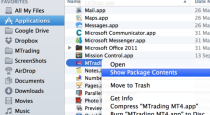
Add your review